Historic Black Oklahoma City school to be celebrated with plaza and displays
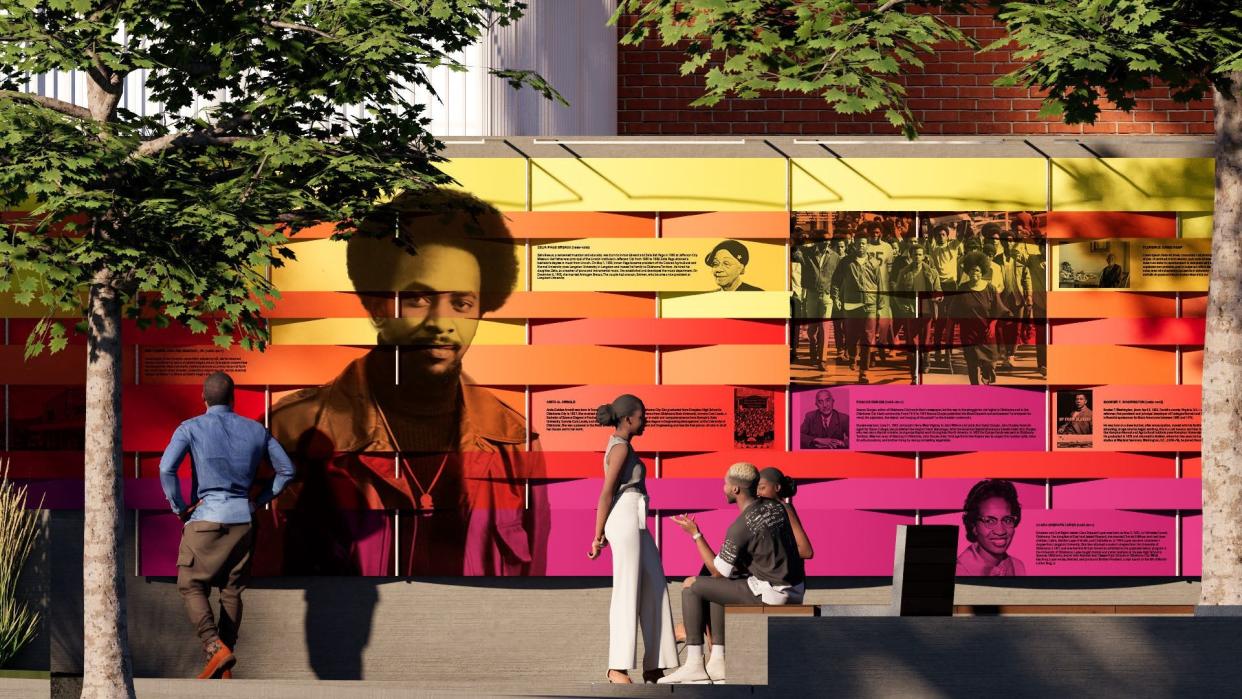
The decade-long transformation of the historic Page Woodson school into a catalyst for revival of the John F. Kennedy neighborhood is about to wrap up with the creation of a commemorative plaza honoring the history of the Black American landmark.
The school was a blight on the neighborhood for more than 20 years. Ron Bradshaw, who purchased the school and surrounding properties in 2013 after bidding for the Urban Renewal project, met repeatedly with neighbors as he and project manager Gina Sofola developed the mix of affordable and market-rate housing in addition to restoring the school into apartments.
They’ve taken the same approach with a proposed $6 million commemorative plaza designed by Hans and Torrey Butzer, the same pair who won international accolades for the Oklahoma City National Memorial & Museum.
“The plaza itself, the idea, has always been a part of our master plan,” Sofola said. “When we presented the overall plan, when we competed for this, we presented this to Urban Renewal. Everything that has been built is in anticipation of this.”
More: 'Radically different': Inclusive planning to continue as hallmark of South of 8th project
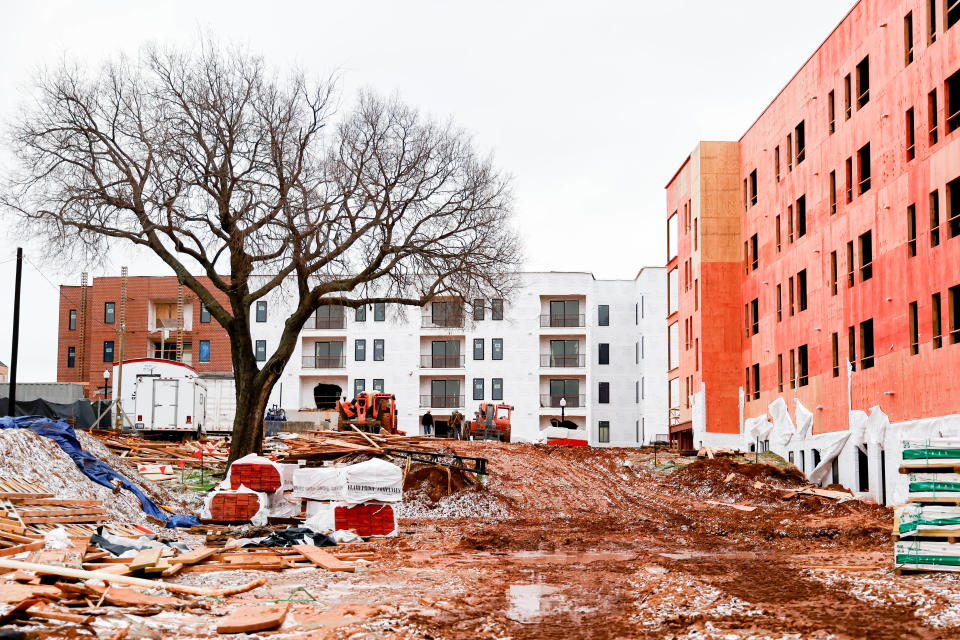
What are the plans for the commemorative plaza in OKC?
The property, for decades the heart of the city’s Black community, was home to Douglass High School during the height of the Jim Crow era.
The plaza is set to celebrate those tied to the school, including ground-breaking music instructor Zelia Page Breaux and her father, Inman Page, a former slave who was the first president of Langston University, and Frederick Douglass Moon, who was principal of the school and was considered the “dean” of Black education in Oklahoma City.
The project design includes references to books throughout the plaza, including a shade structure and stage area with the works of Oklahoma native and literary icon Ralph Ellison. The plaza also will include a large display of the Douglass High School hymn with an opening in which visitors will be able to get their photo taken with the former school in the background.
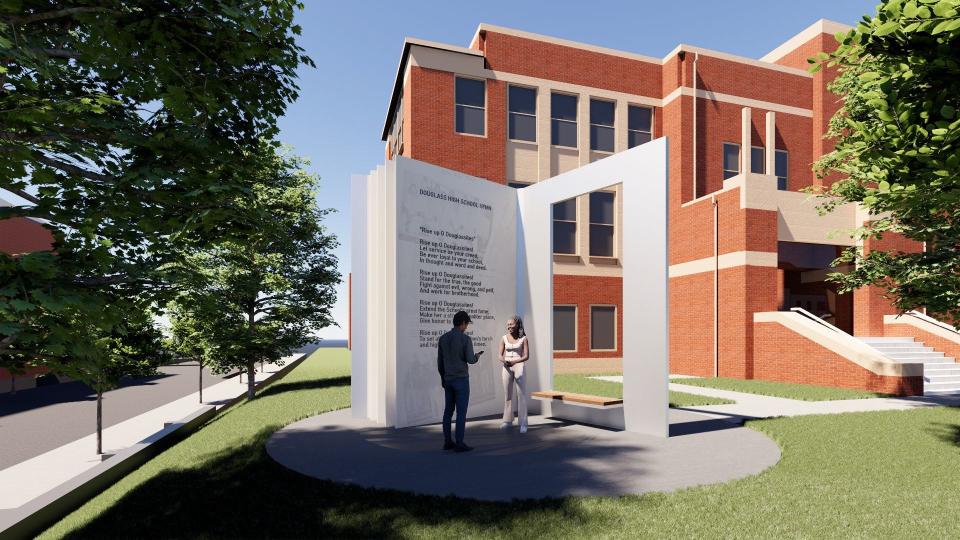
Development of the school and surrounding blocks included reopening High Street to NE 4. The gentle slope of the street allows for a direct view of the plaza and school from Washington Park on the south side of NE 4.
“The question was how do we occupy that space and bring focus to the idea of education and education as a conduit to empowerment, success, innovation, and ultimately part of the identity of the Black community of northeast Oklahoma City,” Butzer said. “We want to step back, to defer and to honor the Page Woodson school as the lifeblood of the community.”
A series of terraces along the street slope will include trees and outlines where houses once stood, reflections of the neighborhood that once stood around the former school until it was razed during the height of the 1970s urban renewal era. Designs suggest a plaque on each house outline providing the address and potentially the history of the residents who lived on the block.
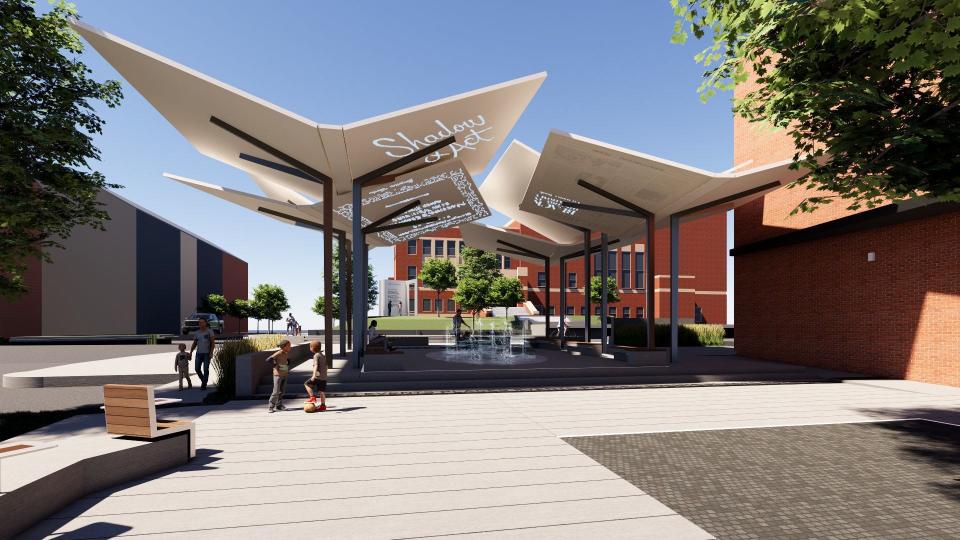
“In our meetings, you could clearly sense the pain the Black community has endured,” Butzer said. “With deliberate and indeliberate acts of racism, urban renewal was the culminating force that led to the decay of these neighborhoods. This is meant to be a forward-looking place, but the ground beneath you, when you look at the ground, you will see its physical history.”
Sofola said from her life experience, she has observed that the story of Oklahoma City’s Black community is unique when shared with people she met while living in Denver and New York.
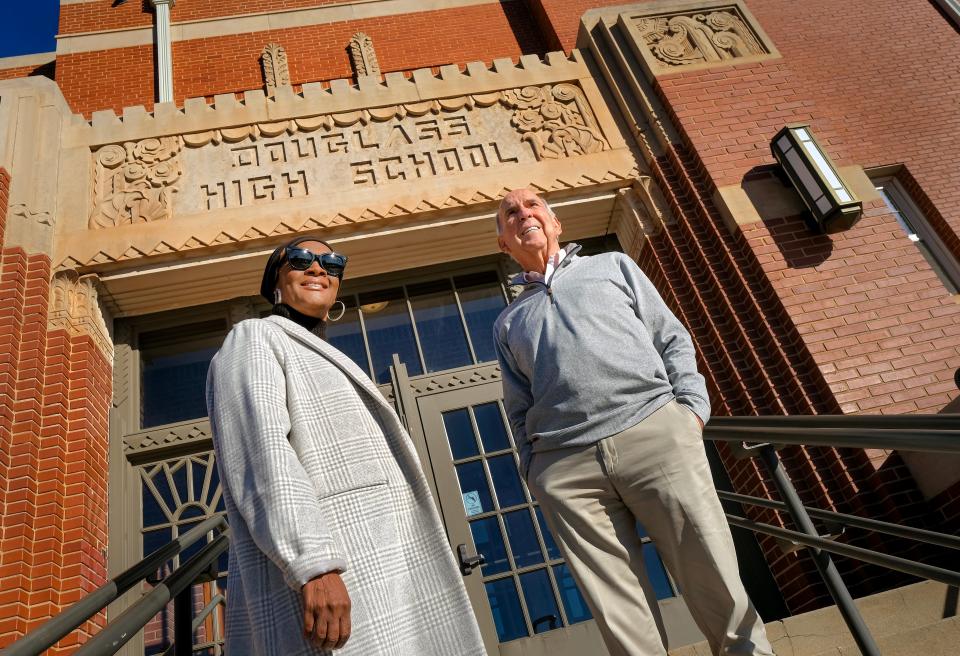
“When I left Oklahoma and interacted with other African Americans around the country, I was always struck by the fact that our African American community seemed so different,” Sofola said. “They were shocked we had an African American community. My parents were educated, my grandparents were educated, and that was unique to others. But for me that was a normal experience.”

Sofola said the importance of that legacy, and the work that went into providing a good education during the era of Jim Crow, was overlooked for too long.
“It’s almost as if we had another world being developed within the overall Oklahoma City,” Sofola said. “They (educators like Inman Page) were the first. They had a future in mind. They were investing in the community for generations to come.”
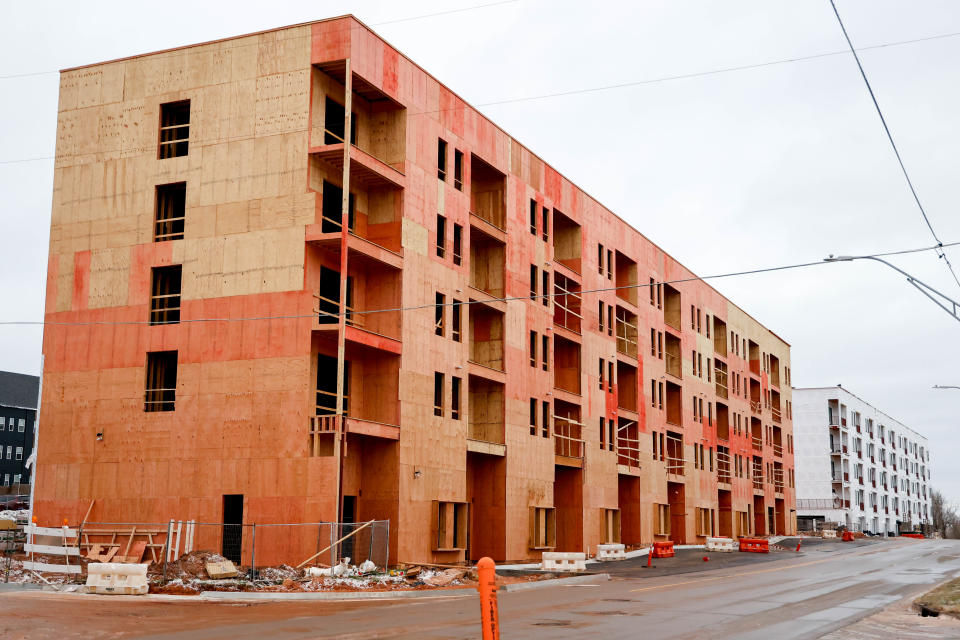
This article originally appeared on Oklahoman: OKC historic Black school, educators to be celebrated with new plaza

